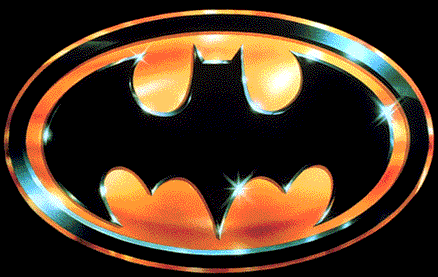
Batman: History Of The Dark Knight



55555
Artist Bob Kane, Batman's creator set to work with writer Bill Finger to cash in on the emerging genre. They successfully synthesized such popular images as Zorro, Sherlock Holmes, the Shadow and swashbuckler films to create a dark vigilante of justice. Every aspect of Batman's identity was designed to appeal to America's desire for escape to a better life. Even Robin, the Boy Wonder was introduced in 1940 to spark the interest of younger readers. From the mid-forties, then, through the sixties, Batman became a big brother figure, giving him a much lighter mood than in his first appearance as a lone vigilante.
55555
However, the enduring strength of the strip owes as much to innovative villains as anything else. His most famous archenemy, the Joker, first appeared in Batman #1 (1941), and primed readers for a freakish lineup of quirky evildoers including the Penguin, Catwoman, and the Riddler. These characters formed the corner stones of a far out family of crime that added depth and humor to the ongoing struggles, and contributed significantly to the extremely successful Batman TV series which first aired in 1966. (Timing was perfect, for 1965 marked a sharp decline in Batman's popularity, and he was in danger of being pulled from the DC roster.)
55555
Innovation continued, but now from two distinct centers, the printed work and the TV series. Mr. Freeze, for example, originally appeared in Batman #121 (1959) as Mr. Zero, but received the new name for his television debut in 1966. The comics followed suit, and Mr. Zero was changed forever. During the same year, Batman #181 introduced Poison Ivy, an exiting new female villain capable of generating poisons at will. Though never adapted for the 1960s TV series, she appears in printed work to this day. Of course, in 1967, Detective Comics #359 introduced Batgirl, who became well known on television as well as on the newsstand.
55555
More recently, works such as Frank Miller's The Dark Night Returns (1986) have added an intriguing darkness to the character, and have boosted his popularity to new levels. Today Batman is featured in many "what if" type stories such as Judgment on Gotham (1991) by Simon Bisley, Alan Grant and John Wagner, and Gotham by Gaslight, by Mike Mignola and Brian Agustin. In addition, the Caped Crusader has found success on TV again with Batman: The Animated Series and Batman Beyond. He is also the subject of five continuing printed titles, not to mention numerous mini series. He's also found a recent resurgence in Hollywood, with four movies to his credit and possibly a fifth in the near future. If nothing else, this new popularity has led the Caped Crusader into numerous roles, with each tailored for a slightly different audience. Will he survive this schizophrenia? Well, Bruce Wayne and Batman have been living together for almost sixty years now -- a few more identities shouldn't crowd them out of Wayne Manor.
